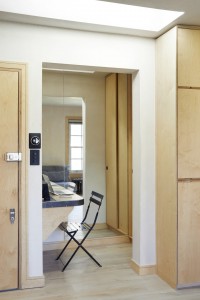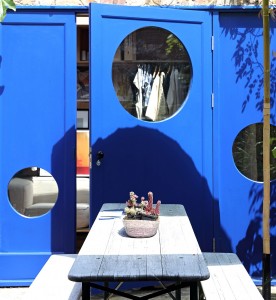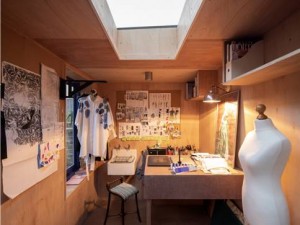As so many of us continue to work from home, it is not surprising that ‘the office’ as we once knew it has begun to feel like a distant memory. While escaping the daily commute has no doubt been a breath of fresh air for many, we remain faced with the daily grind of setting up work at the kitchen table or a desk in another corner of the home, and seeing our two-dimensional colleagues on the computer screen. Looking forwards, we might seek more of a balance – not travelling as far to work, yet not losing the ‘buzz’ of work around us. This has prompted discussions about the potential for ‘co-working spaces’ closer to home.
Going back to the office?
Recent research has found that UK employees are the least willing to return to the office, when compared with their European counterparts. 72% wish to work remotely more often in the future. At the same time, more than three in four managers in UK businesses feel that ‘collaborative’ workspaces will be more suitable for their post-lockdown business models than a full-time, staffed office.
This will perhaps lead businesses to reconsider how they use their costly premises. Companies may reduce the size of their property holdings and instead seek to use space more efficiently, in response to the reduced demand. This might not mean the ‘end of the office’ – instead, expansive buildings that house thousands of workers may become less common.
Hybrid spaces
What is perhaps more likely to happen is that we will see more ‘hybrid’ spaces to work in. These spaces might be something in between ‘the office as we knew it’ and the kitchen table. Shared, neighbourhood offices might replace vacant units on town centre high streets, allowing people to work in a space with people doing different jobs – and network and socialise with them.
There is growing demand for these types of localised workspaces, accompanied by flexibility to continue to work from home and/or travel to a main office for part of the week.
‘Inside the box’
Embedded in the development of co-working spaces, we have been working with our client, [KVE] Coliving, to develop new and flexible office spaces in Wembley. In keeping with our design principles – rooted in the natural environment and appreciation of imperfection – we are re-imagining the opportunities of local land and reused shipping containers. The complex includes office spaces, outdoor amenities and a communal space for resting, dining and interacting with others working in the complex. Read more about this project here.




